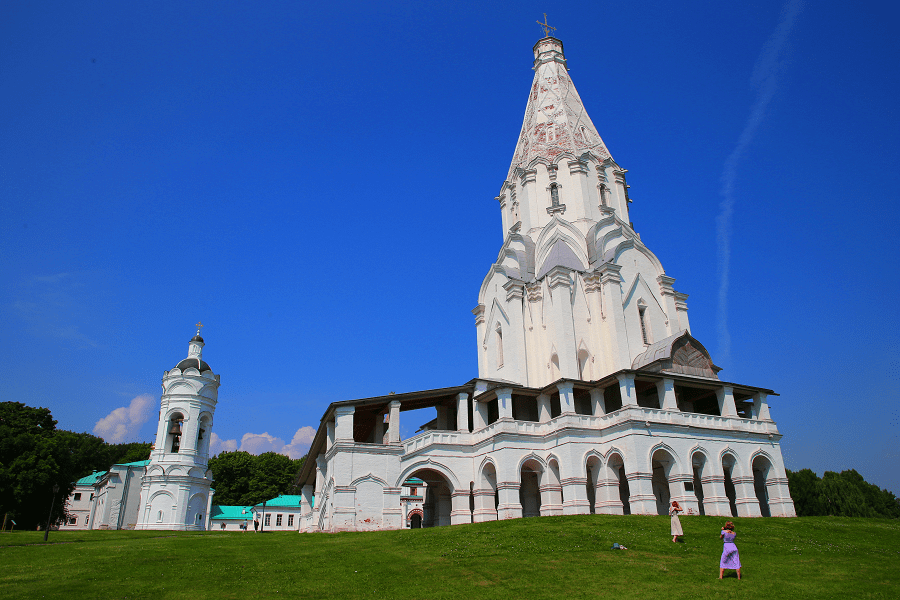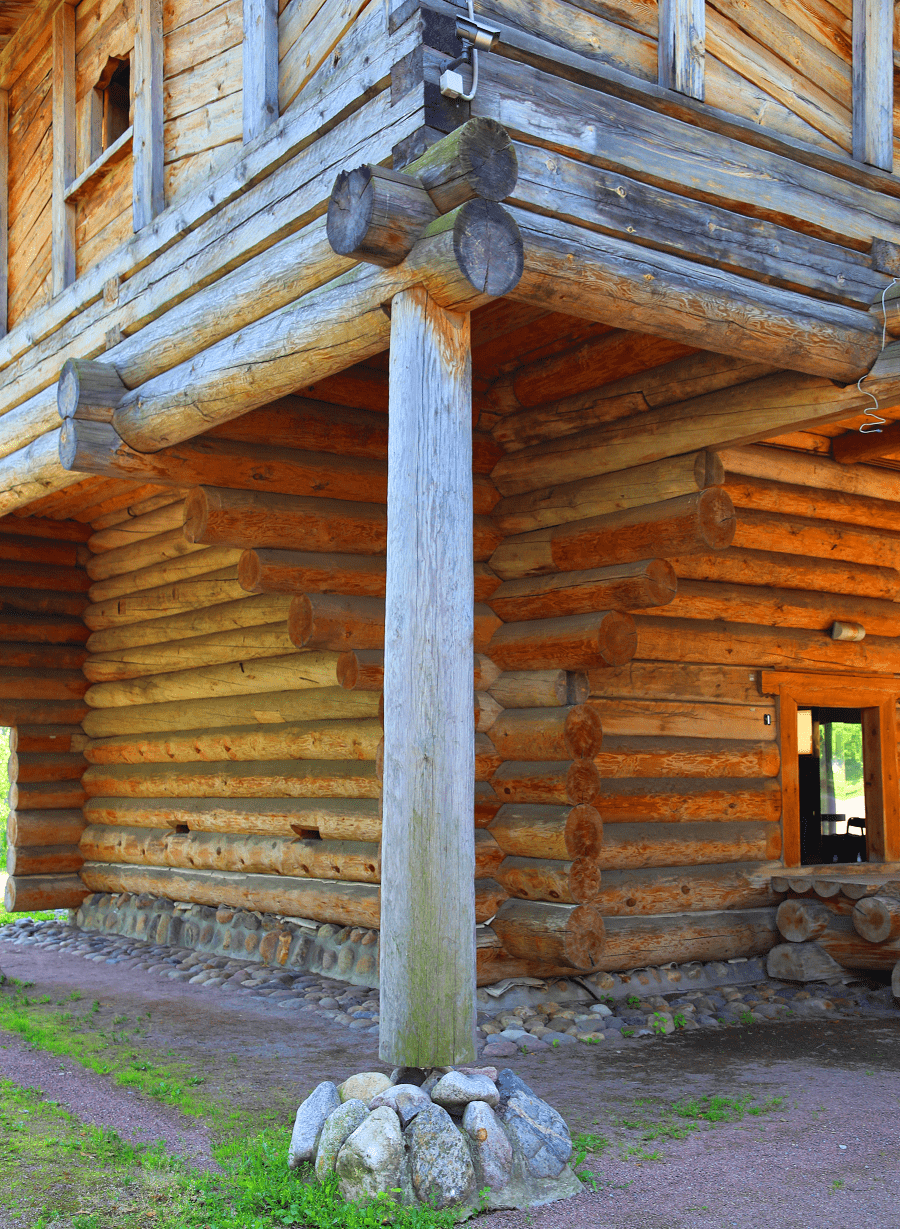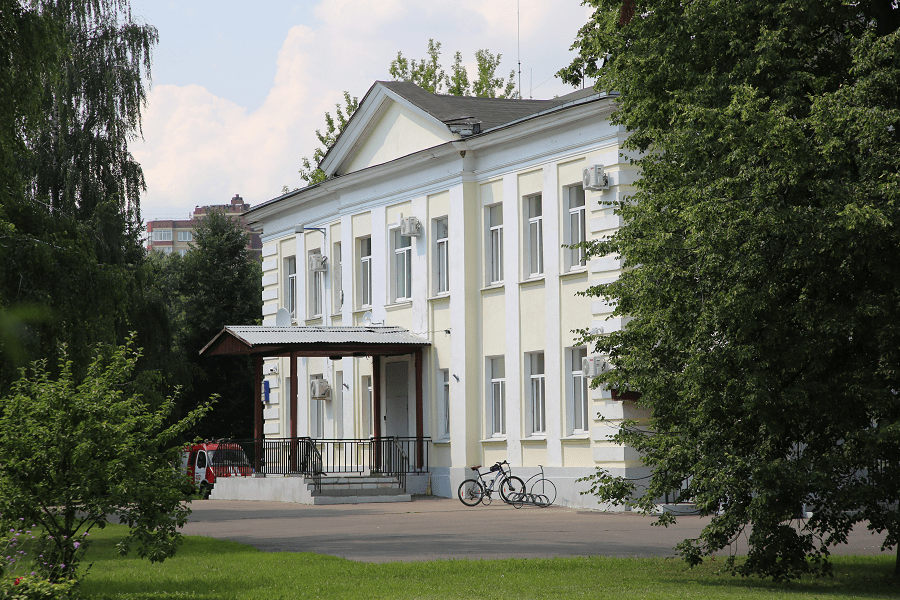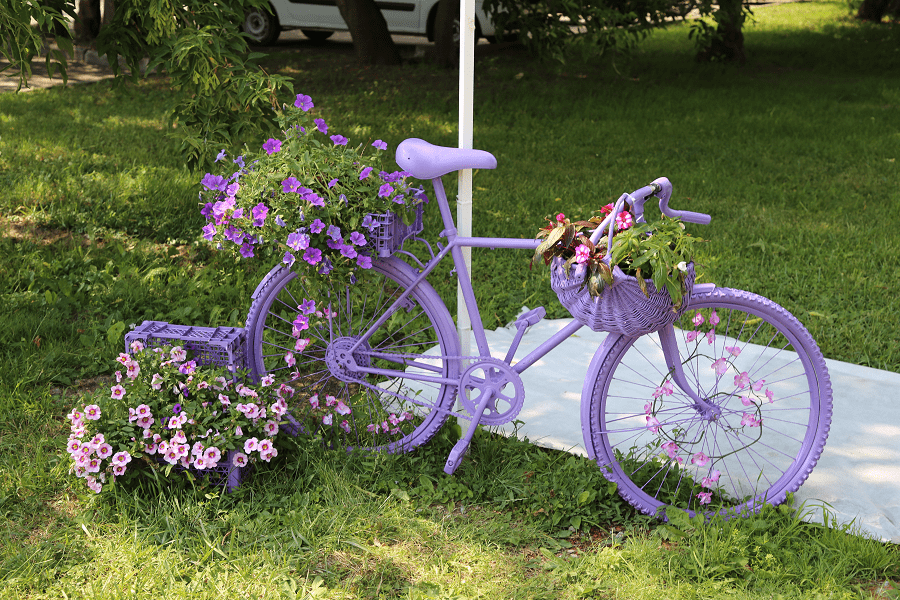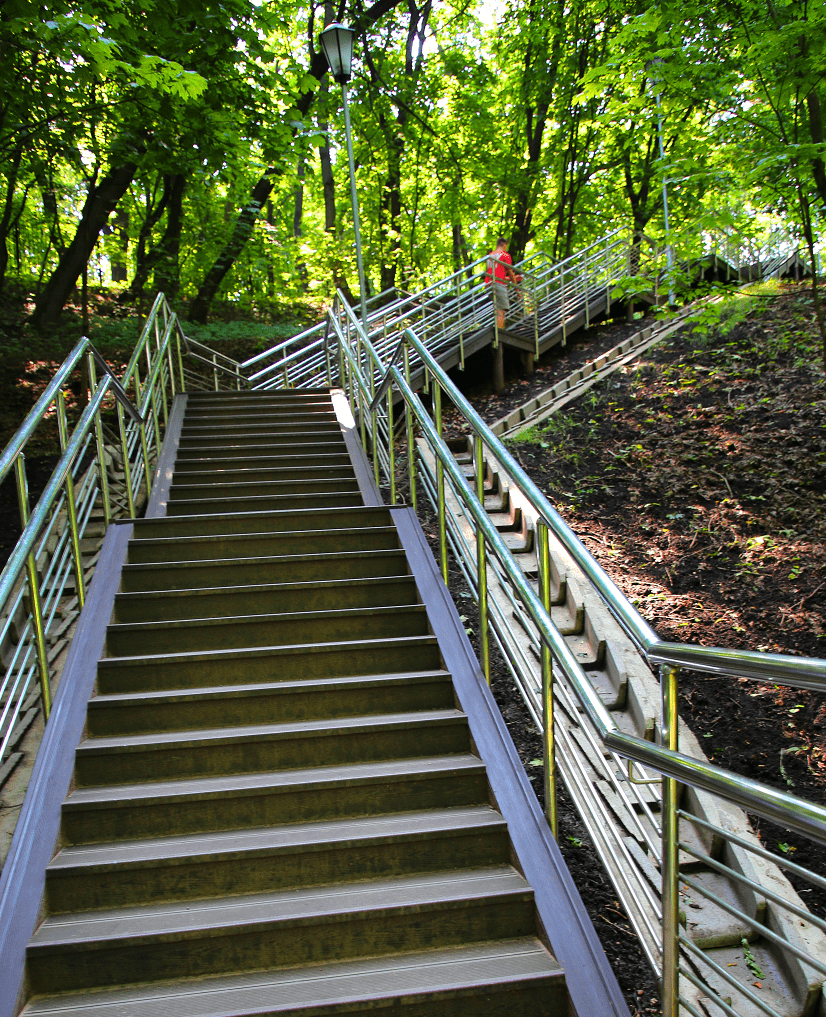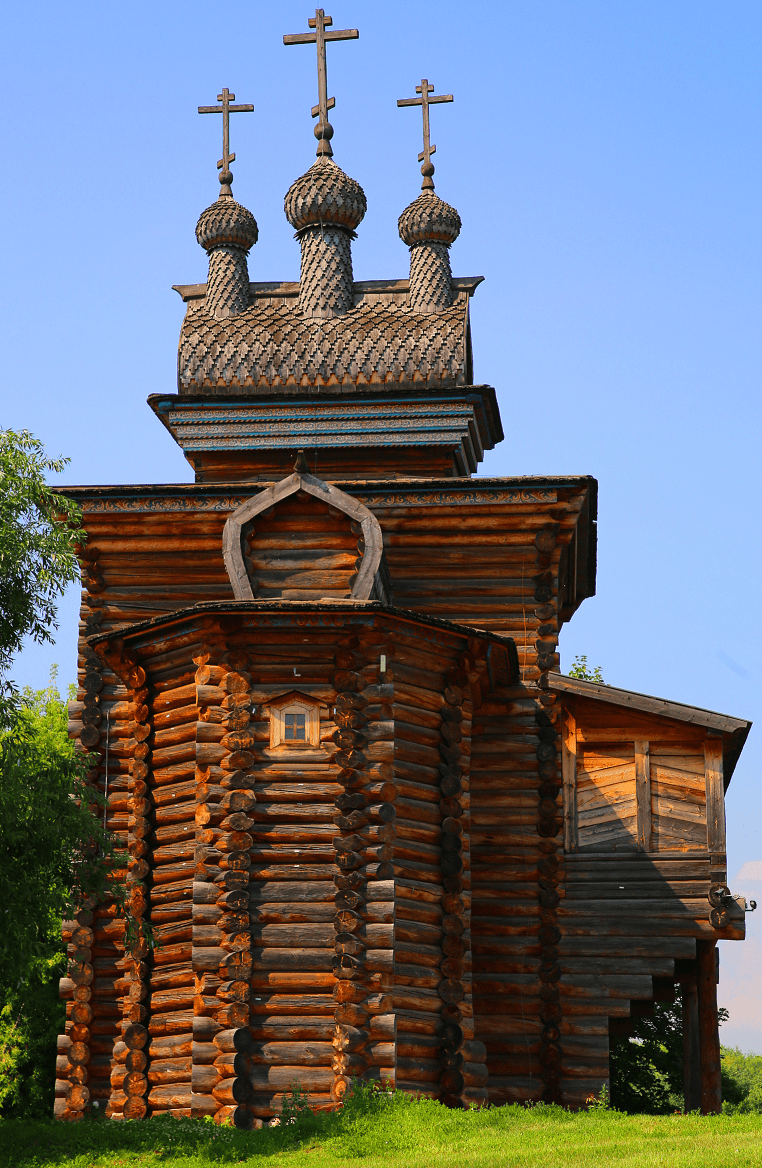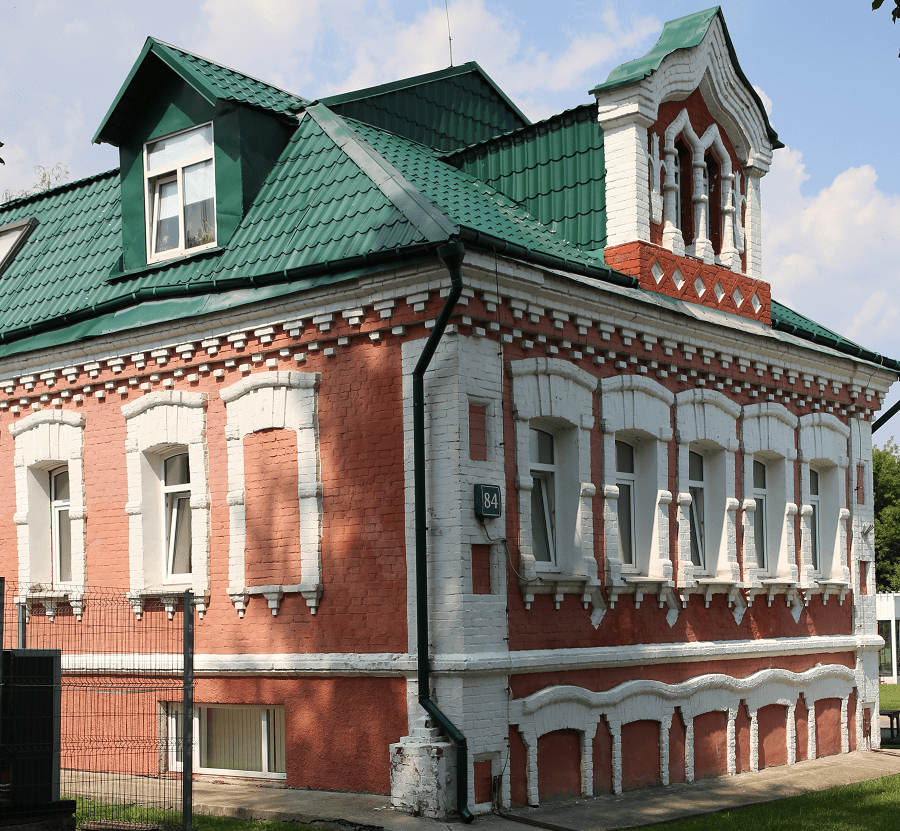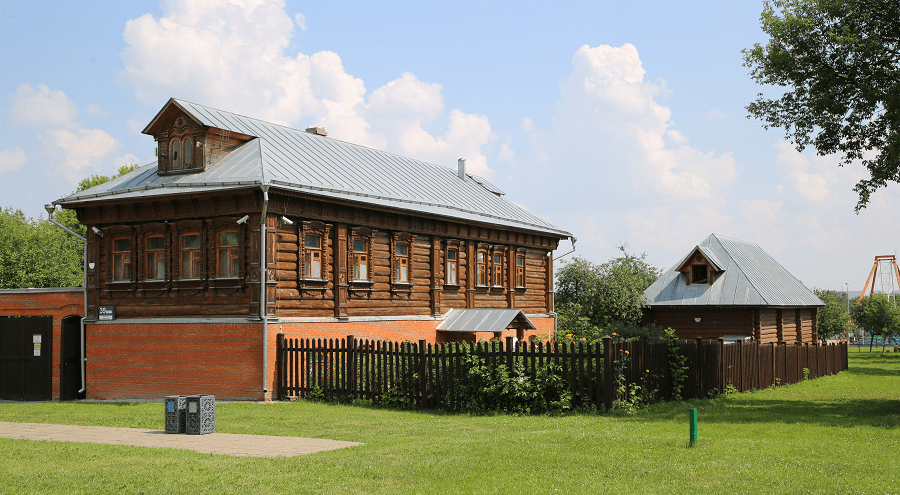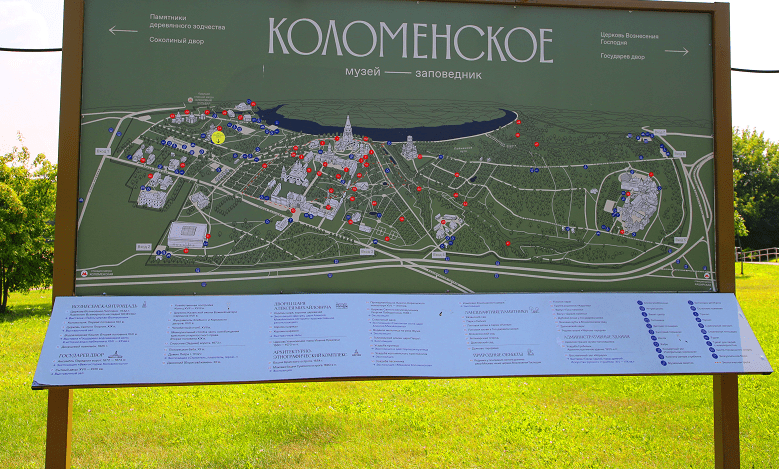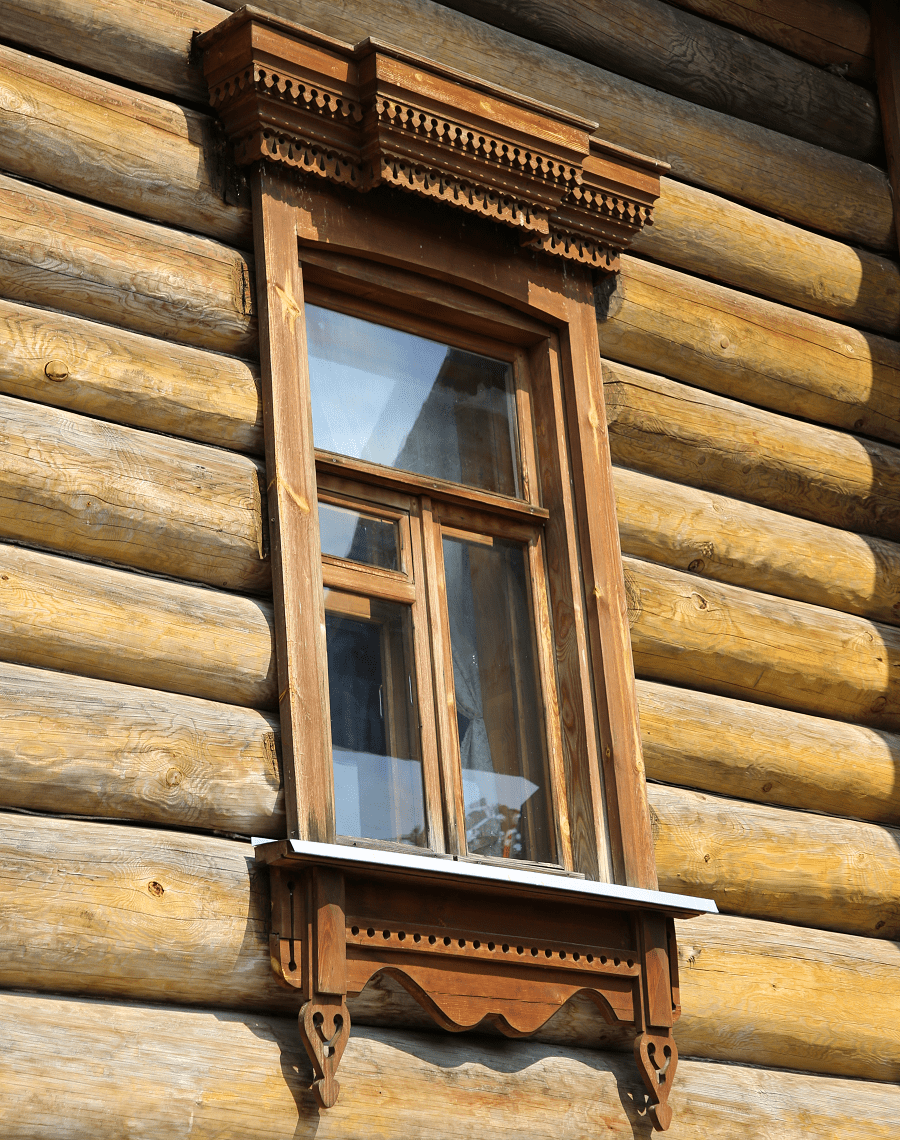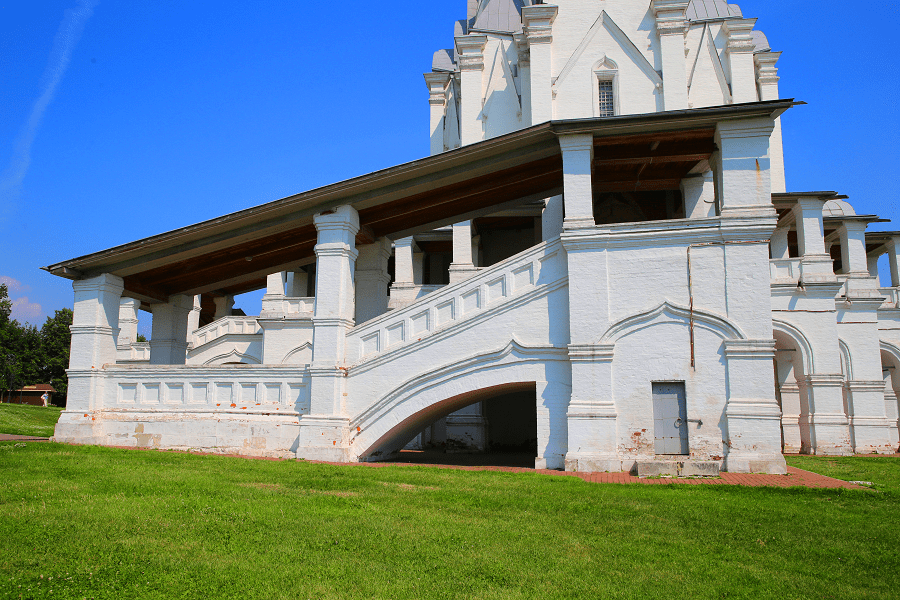Kolomenskoye is a palace village, a former royal residence (since 1640), located south of the center of Moscow.
Since 1923, a museum reserve of Russian wooden architecture has been created on the estate.
Kolomenskoye is part of the Moscow State United Art Historical, Architectural and Natural Landscape Museum-Reserve (MGOMZ).
By the beginning of the 20th century, Kolomenskoye became the religious center of the district.
On the territory of the manor estate, there were more than four existing canonical churches.
At the same time, Kolomenskoye, with the adjacent villages of the novelty and Nagatino, was considered one of the centers of the Old Believers near Moscow.
The numerous prayer houses of the Old Believers were located here. However, after the 1917 revolution, most temples and all the prayed houses were closed.
In 1924, the restorer and architect Pyotr Baranovsky made an initiative to create wooden architecture in the Kolomensky Museum in the open air.
On the initiative of Baranovsky, the Churches of Ascension, the Beheads of John the Baptist, the St. George bell tower, the front and Spasskaya Gate were recreated. Under the leadership of Baranovsky, the manor buildings were preserved, and a tower from the Nikolo-Korelsky monastery and the moss tower of the Sumy prison were transported to Kolomenskoye.
At the same time, museum workers began to collect works of Russian art: painting, wood, metal, old printing and manuscript books, as well as tiles and other subjects of applied art.
Kolomenskoye village was first mentioned in the testament of Ivan Kalita (1339). As time went by, the village was developed as a favourite country estate of grand princes of Muscovy.
The earliest existing structure is the exceptional Ascension church (1532), built in white stone to commemorate the long-awaited birth of an heir to the throne, the future Ivan the Terrible. Being the first stone church of tent-like variety, the uncanonical “White Column” (as it is sometimes referred to) marked a stunning break from the Byzantine tradition.
The church reaches toward the sky from a low cross-shaped podklet (ground floor), followed by a prolonged chetverik (octagonal body, and then an octagonal tent, crowned by a tiny dome.
The narrow pilasters on the sides of the chetverik, the arrow-shaped window frames, the three tiers of the kokoshniks and the quiet rhythm of stair arcades and open galleries underline the dynamic tendency of this masterpiece of the Russian architecture.
The whole vertical composition is believed to have been borrowed from hipped roof-style wooden churches of the Russian North.
Recognizing its outstanding value for humanity, UNESCO decided to inscribe the church on the World Heritage List in 1994.
The great Wooden palace
Tsar Alexei Mikhailovich had all the previous wooden structures in Kolomenskoye demolished and replaced them with a new great wooden palace, famed for its fanciful, fairytale roofs. Foreigners referred to this huge maze of intricate corridors and 250 rooms, as ‘an Eighth Wonder of the World’. Although basically only a summer palace, it was the favorite residence of Tsar Alexis I.
The future Empress Elizabeth Petrovna was born in the palace in 1709, and Tsar Peter the Great spent part of his youth here. Upon the departure of the court for St. Petersburg, the palace fell into disrepair, so that Catherine II refused to make it her Moscow residence. On her orders the wooden palace was demolished in 1768, and replaced with a much more modest stone-and-brick structure. More …
Main attractions. List
Local buildings (full list):
Church of John the Baptist in Dyakovo, 16th century. The church stands on the Dyakovo hill, located southwest from the Kolomenskoye hill. The church has five tent-like structures, and was probably constructed around 1547, reputedly by architect Postnik Yakovlev, the author of Saint Basil’s Cathedral on the Red Square.
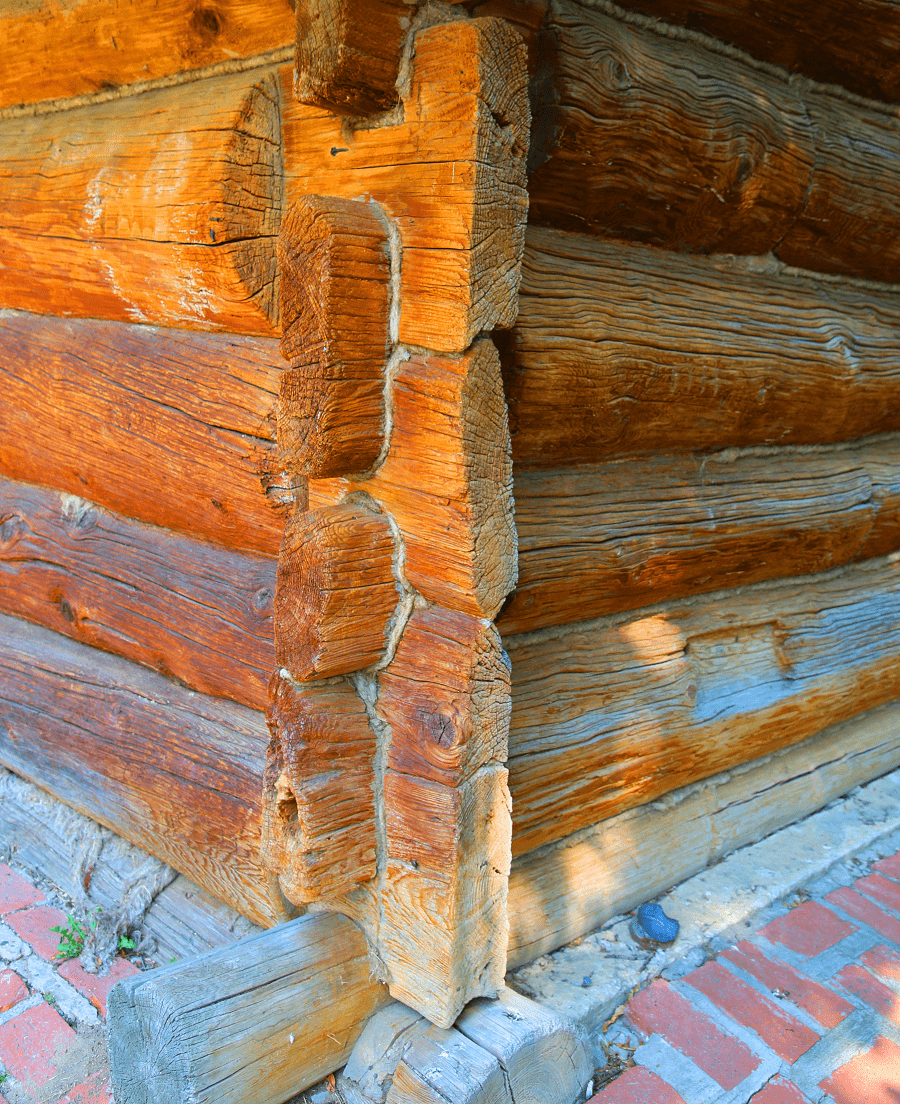
Church of St. George, 16th century
Standalone belltower for the church of St. George, 16th century
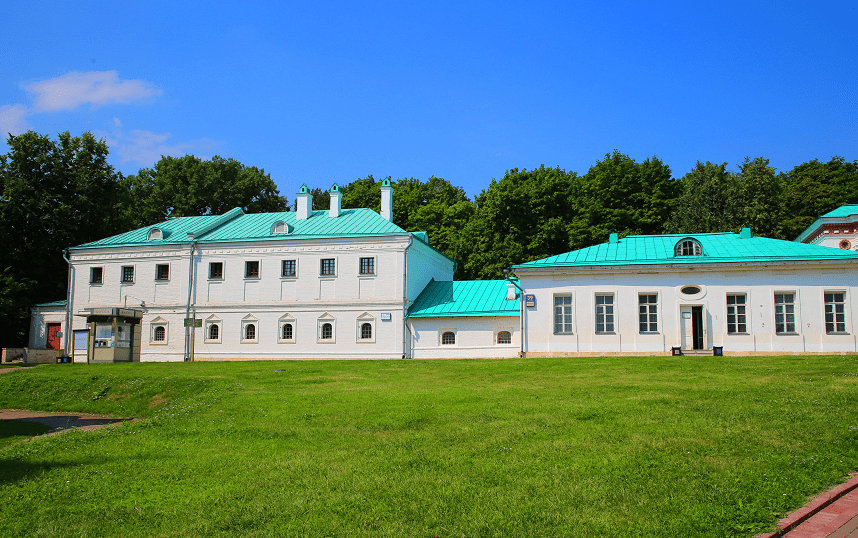
Standalone refectory for the church of St. George, 16th century
Church of Our Lady of Kazan, 17th century

Watertower, 17th century
Front gates, 1671–73
Polkovhichyi chambers, 17th century
Prikaznye chambers, 17th century
Sytny yard, 17th century
Back gates, 17th century

Park pavilion, 1825
Park gates, 19th century
Constructions and artifacts brought from elsewhere
Barbican church of the Nikolo-Korelsky Monastery
Bratsk Stockade Tower
Boris stone from Belarus
Kurgan stele, from a Polovtsian burial mound

Chasovoy pole, 17th century
Tower from the Sumskoy Ostrog fortress, 17th century
Memorial pole from Shaydorovo village, 19th century

Mead making facility, 18th century
Peter the Great house (18th century) from the Northern Dvina
Lion’s Gates from the Moscow Kremlin (surviving fragments)

Reconstructions
Water mill on the Zhuzha River

Natural features
Oak-trees grove (one of the oldest oaks in Moscow)
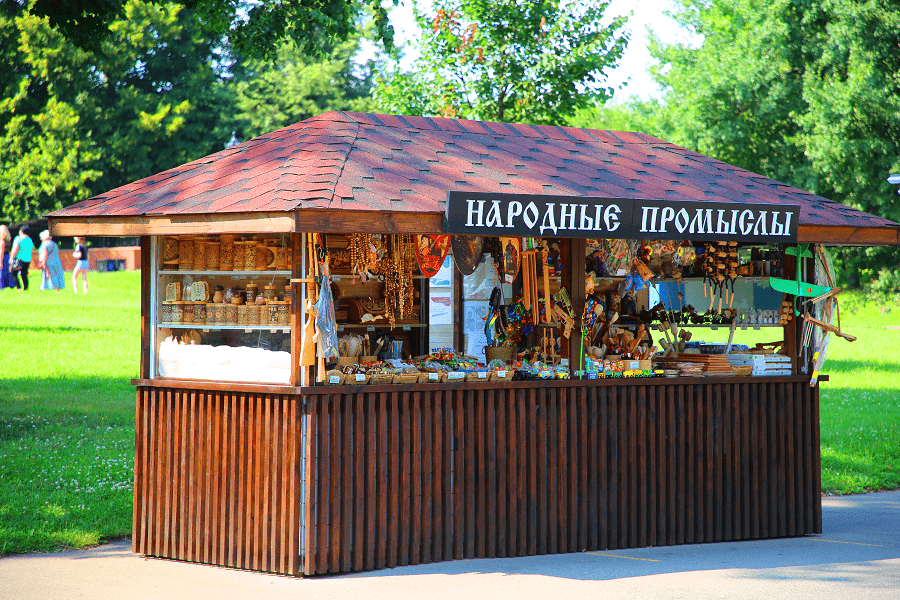
Golosov Ravine with sacred stones and springs in it
River streams:
Zhuzha River, emerging from underground

Kolomenskoye Stream, in Golosov Ravine
Kolutushkin Stream, in the ravine of that name
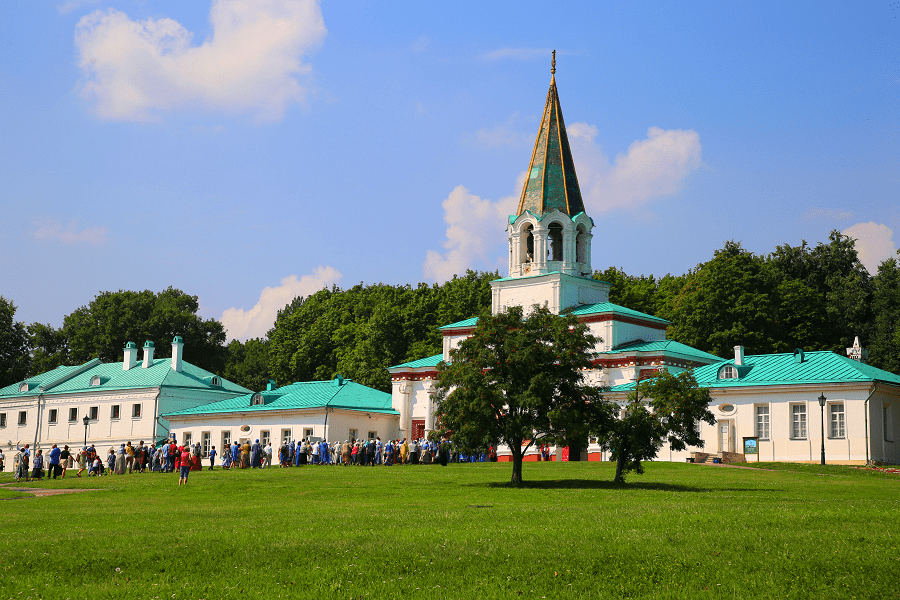
Dyakovskaya Stream, in the ravine of that name, into which several other ravines empty (all on the left: Vospenkov, Lekseev, Bazarihin, Radyushin).
Nearest metro: Kolomenskoye
See also all parks in Moscow



